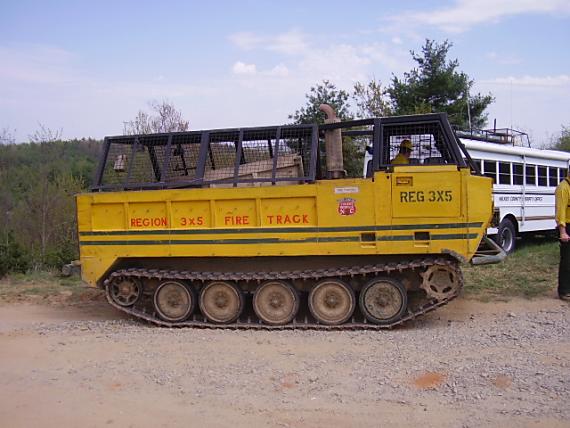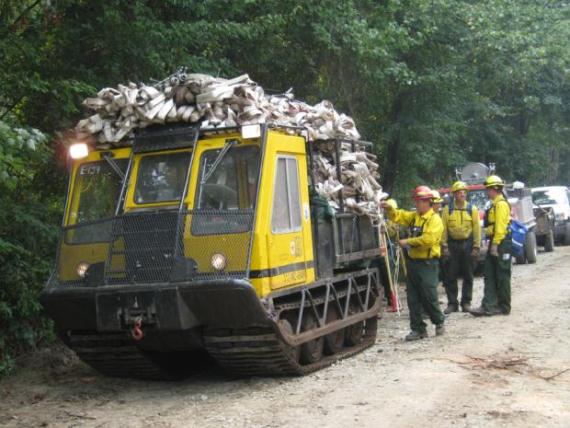Above: Two of the fire engines that were entrapped on Corsica. The engine on the left appears to have small water nozzles on the bar that encircles the top of the cab.
During night firefighting operations on the island of Corsica overnight on March 24 and 25 three fire vehicles were entrapped by the fire resulting in five firefighters suffering first and second-degree burns. Some of the firefighters, it is not clear how many, took refuge in one or more of the fire engines that had vehicle protection systems consisting of water nozzles positioned around the truck that could be activated as needed.
The fire occurred in the French commune of Bastelica in southern Corsica (map). Matthias Fekl, the Minister of the Interior, said Saturday morning:
In the early evening, a group of firefighters found themselves trapped in flames as a result of a change in wind direction. They then took refuge in their vehicles equipped with a self-protection device.
One person is in police custody, suspected of starting the fire.
Three firefighter vehicles were damaged or destroyed in the incident.
The fire engine in the above photo appears to be the same one in the photo (on the left) at the top of this article.
Wildland firefighters in Australia have also been using similar engine protection systems for years.
Visite à Caldaniccia des camions qui ont brûlés à bastelica.Véritablement un miracle qu’il n y ai pas eu de morts. @sdis2a pic.twitter.com/BtzCaWX02V
— biancamaria pascal (@Corse2a2bPascal) March 27, 2017







